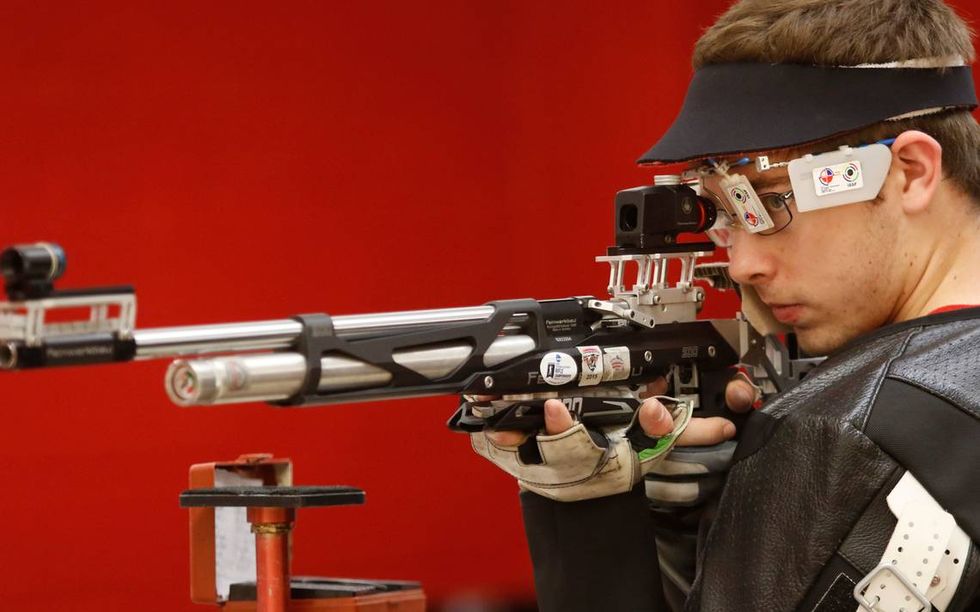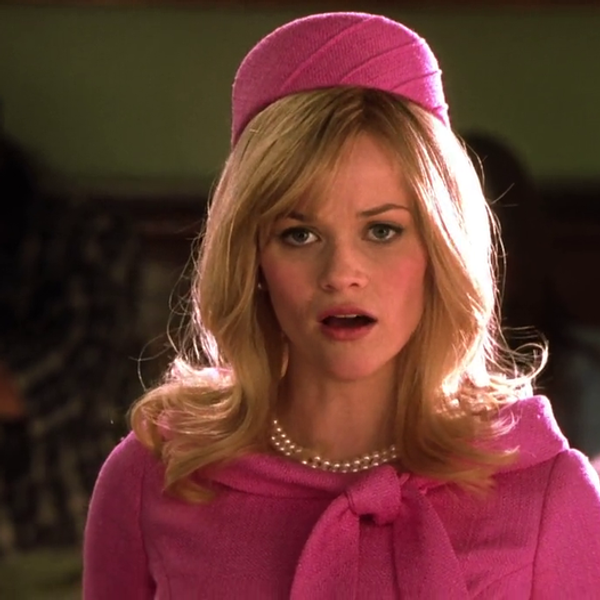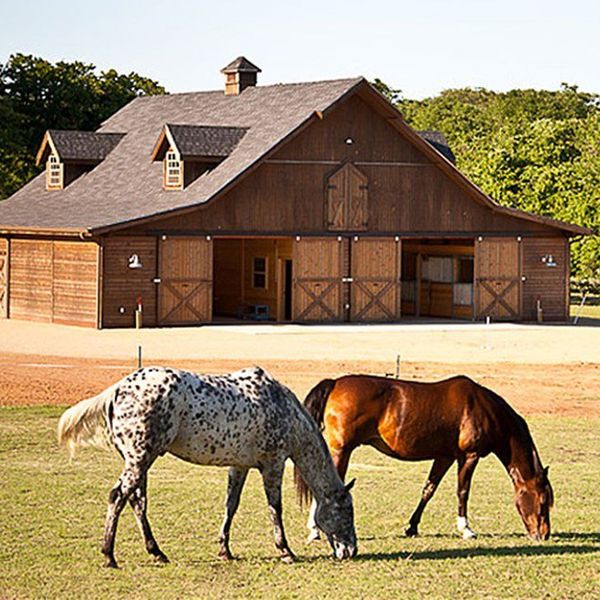Dry Firing, what an absolute waste of time. I mean, what’s the point of going through the whole process of taking a shot and have it not go bang? Why do it and have it not matter? In the big scheme of things, it might arguably be the most important skill to master when working towards your goals.
The grand purpose behind dry firing is to make you more proficient at shooting the shot. You remove the element of a numerical reinforcement and focus on the aspects you can control; trigger control, follow through, etc.
It’s easy to do. Make sure you find a safe location to be pointing at, could be a wall at home or at the target in practice. Then, set up your “firing point” the way you would for competition; don’t cut corners, use everything you would minus the ammunition. Lastly, find a purpose while your dry firing; we’ll go over that in a second.
*Remember, when you are doing this, please make sure the gun is pointed in a safe direction and make sure you are no putting projectiles into the chamber.*
When in competition, you can call upon this skill to understand what is going wrong. Practicing dry firing at home or in the middle of your training session will pay off in the long term. When you dry fire, you will notice some indicators that you normally wouldn’t see because of the recoil of the gun. For example, if you take the “shot” and your barrel moves to the right, there is something off in your process. When doing this, you’re able to see the indicator and make an educated guess on how to correct it. Then, without any recoil, you can reinforce that position movement and boost your confidence. Make sense?
The added muscle memory helps the learning curve in training as well. Let’s say you make a small change to your hand stop and your hold looks a bit different. Take some time to dry fire and let your body acclimate to the change. If the hold doesn’t settle, that is an indicator and you don’t waste time and resources trying to figure out what the change actually did. If the hold settles, dry firing in that hold allows you to remove some shot anticipation for when you put a bullet or pellet in the chamber. Thus, giving you accurate results.
Here are a few things to think about when dry firing:
-Have spent brass available for you to use so you don’t damage your chamber. Make sure it is brass that has gone through YOUR gun.
-Think about trigger control, follow through, and the movement of the barrel during the shot process.
-Put a major emphasis on your natural point of aim and your head position; if there is a misalignment somewhere, you can develop a strategy to fix it, then reinforce that skill by dry firing, and finally applying it to live fire training or competition.
Whenever you make a change, you need to put at least 3,000 repetitions for your body to acclimate and for muscle memory to develop. That’s a lot of rounds, dry firing helps you get those reps in without using your resources.
The more, the better. If you do it enough, you'll deserve yourself a SCATT.
















